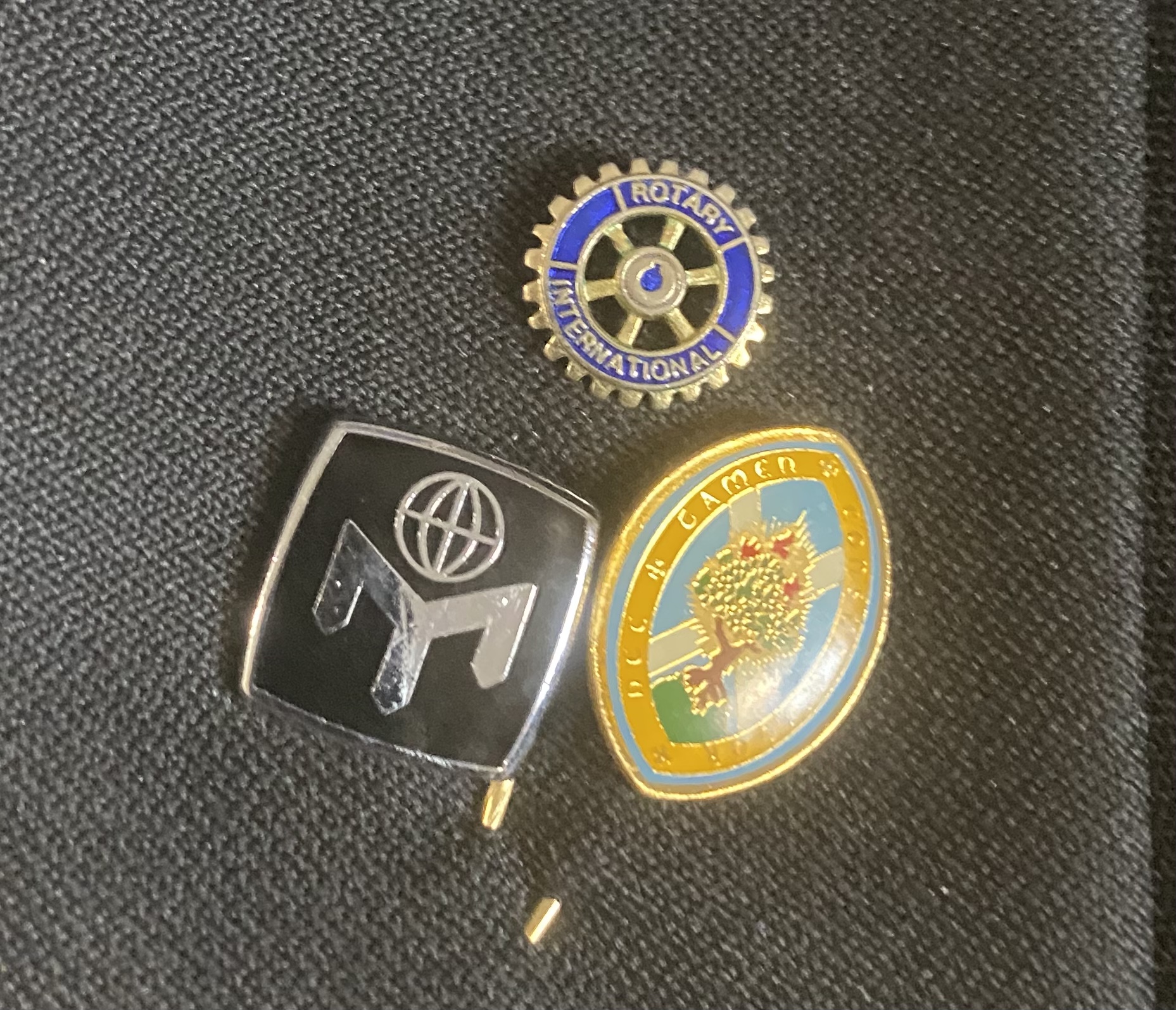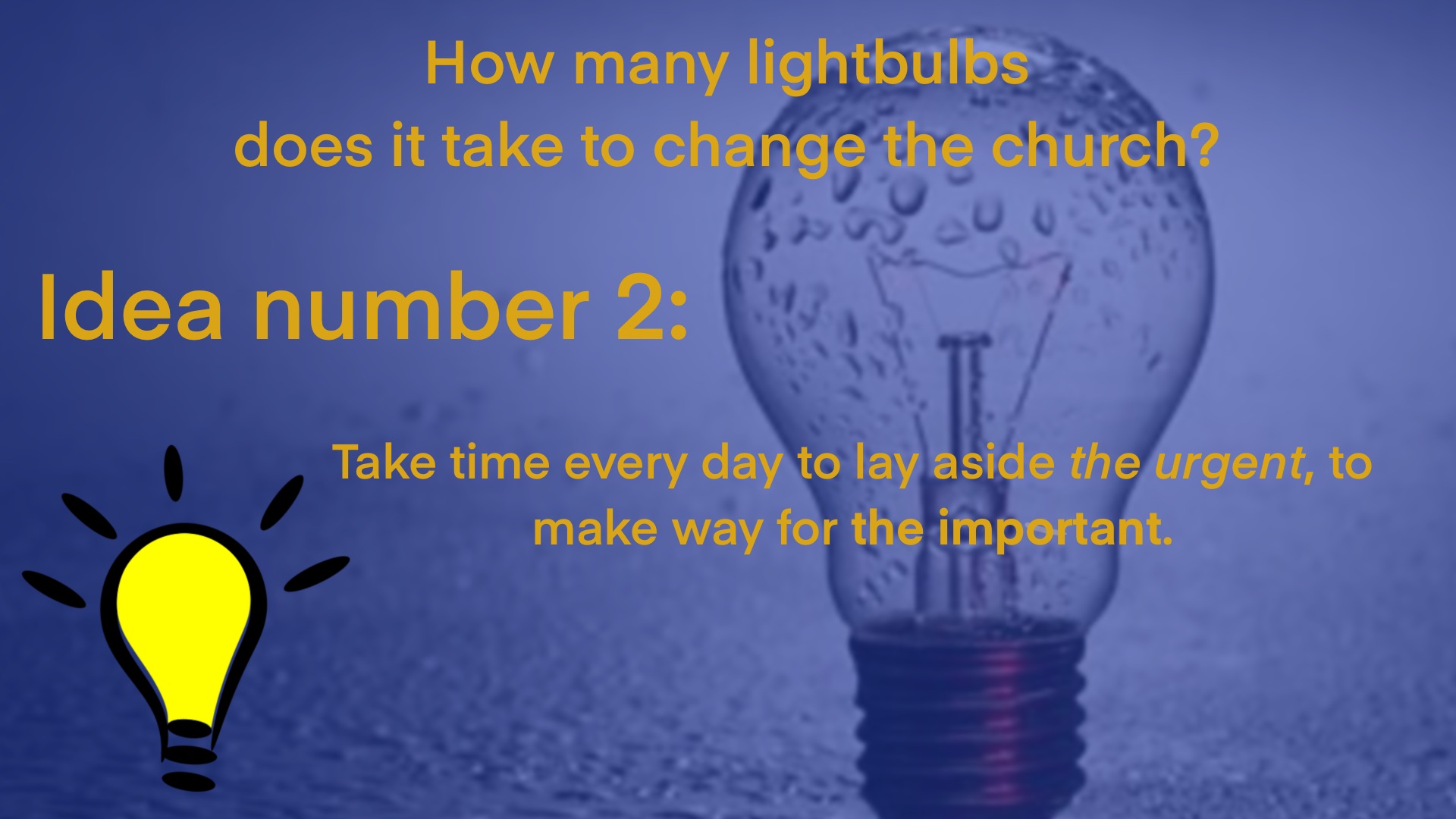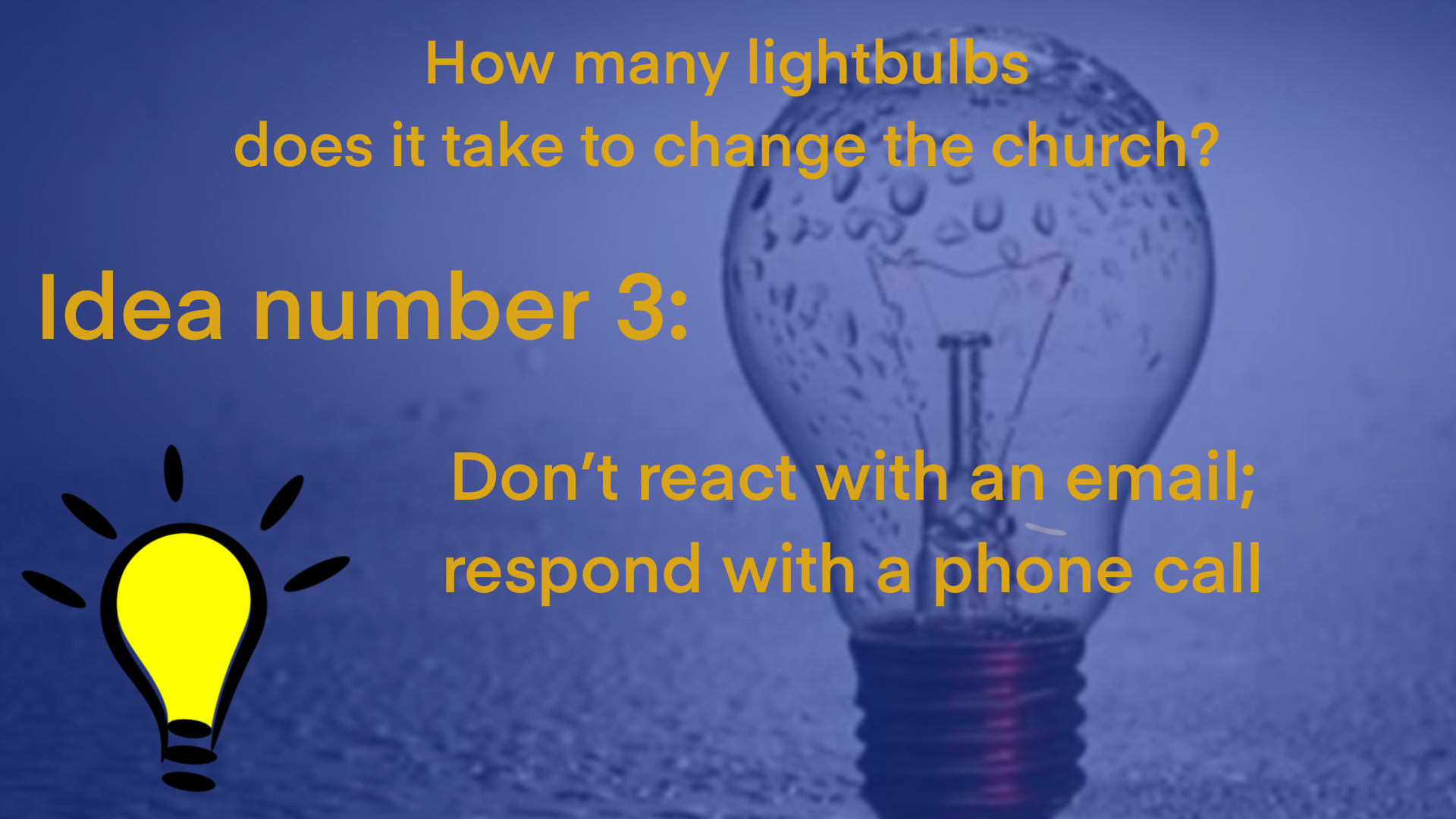What are you a member of? What groups and organisations do you belong to? Within the Church we sometimes talk of membership, and we sometimes talk of how some of our most committed folk are not members, and yet many of our members aren’t active in the community of faith. The understanding of membership has certainly changed over the years. In our post-modern world… are we still ‘post-modern’ or gone…
Read MoreMake time for the Important
Stephen Covey spoke of ‘First things First’, important things first. He borrowed Eisenhower’s Urgent/Important Matrix Michael Heppell and others speak of allocating time to the categories: ‘Me’, ‘Key’, ‘stuff’ – where ‘Key’ projects are the mission critical important ones… yet how often all the urgent stuff pushes out the important. ‘Me’ times – are, well it says it on the tin doesn’t it – times for YOU – and that’s…
Read MoreRespond don’t React
In our fast paced world when communication can be instant there can be the temptation to react swiftly with an email reply. Remember though the slightly older technology that facilitates full duplex synchronistic conversation – the telephone – and its modern counterparts the Voice call or video call. You can engage much better, reach a full solution rather than just the next step… and there’s less opportunity for misunderstanding. See…
Read MoreWhere are the bottlenecks?
The late Eli Goldratt (1947-2011) was a scientist who building on models and ideas from the natural world and turned the focus of his work to the leadership of change. He coined the phrase ‘Theory of Constraints’ – which at its simplest says ‘No system is operating at maximum potential, if it were there would be infinite and perfect output, there will always be at least one limiting factor, or…
Read MoreIf it ain’t broke don’t fix it
Mmm… I’m not so sure about that one… you see some things are are working just perfectly as they did fifty years ago… but are they fit for purpose now?
Read MoreHow many light bulbs does it take to change the Church?
You’ll have heard the one that asks, “How many Presbyterians does it take to change a light bulb?” “Change! Change! Really, is there something wrong with the old one!” What if we flip it and ask, “How many light bulbs does it take to change the church?” Light bulbs are a metaphor for ideas… and I’ve heard countless ideas over the years, I’ve had countless ideas, and shared them… only…
Read MoreChange 4,5,6
You can only change 3 things: structures, policies and mindsets… but you have to change them all… and mindset will always be the hardest! To effect those changes, you need to do three things… I call them steps 4, 5, 6 in honour and recognition of the change that has already happened! Change is all around and change is hard… particularly within the Church context, where despite a core belief…
Read More2021 Church Trends
8 Church trends for 2021 with Carey Nieuwhof
Read MoreSaw Sharpening
‘Why don’t you pause and sharpen the saw?’ ‘Can’t you see I’m too busy cutting these logs’ Take time to sharpen the saw! If you are not familiar with Dr Steven Covey’s phrase – google it – or check out the info and video at the link below … Covey talks about taking time for Body, Mind, Heart and Spirit – and sometimes it’s as simple as taking time to…
Read More







